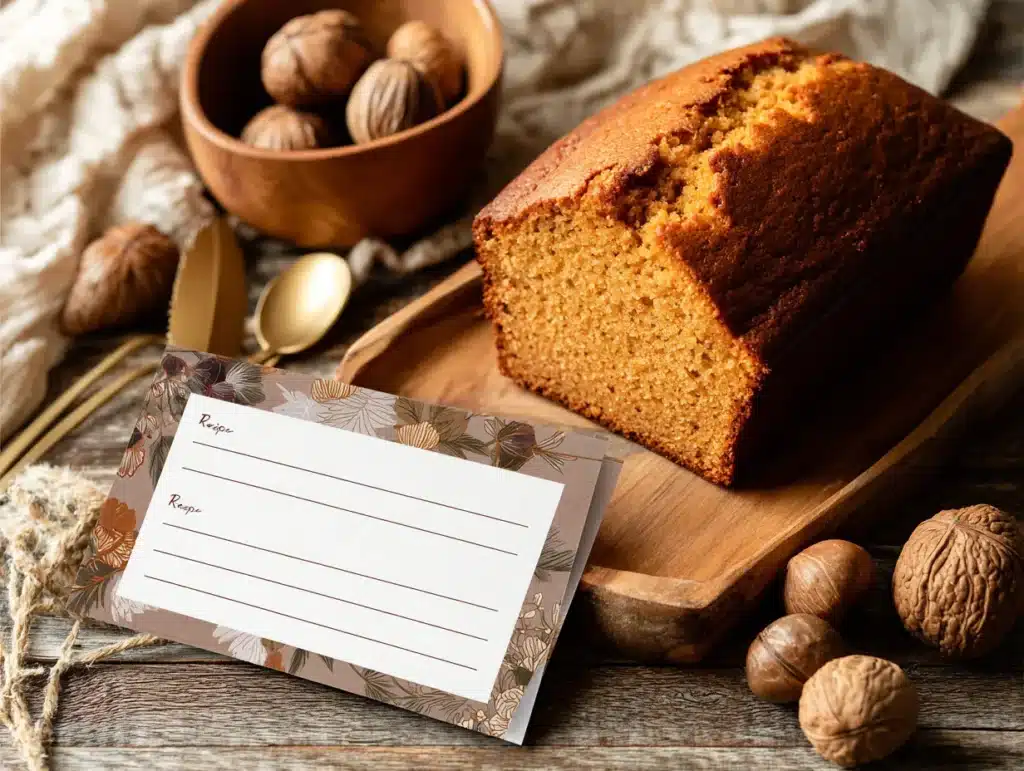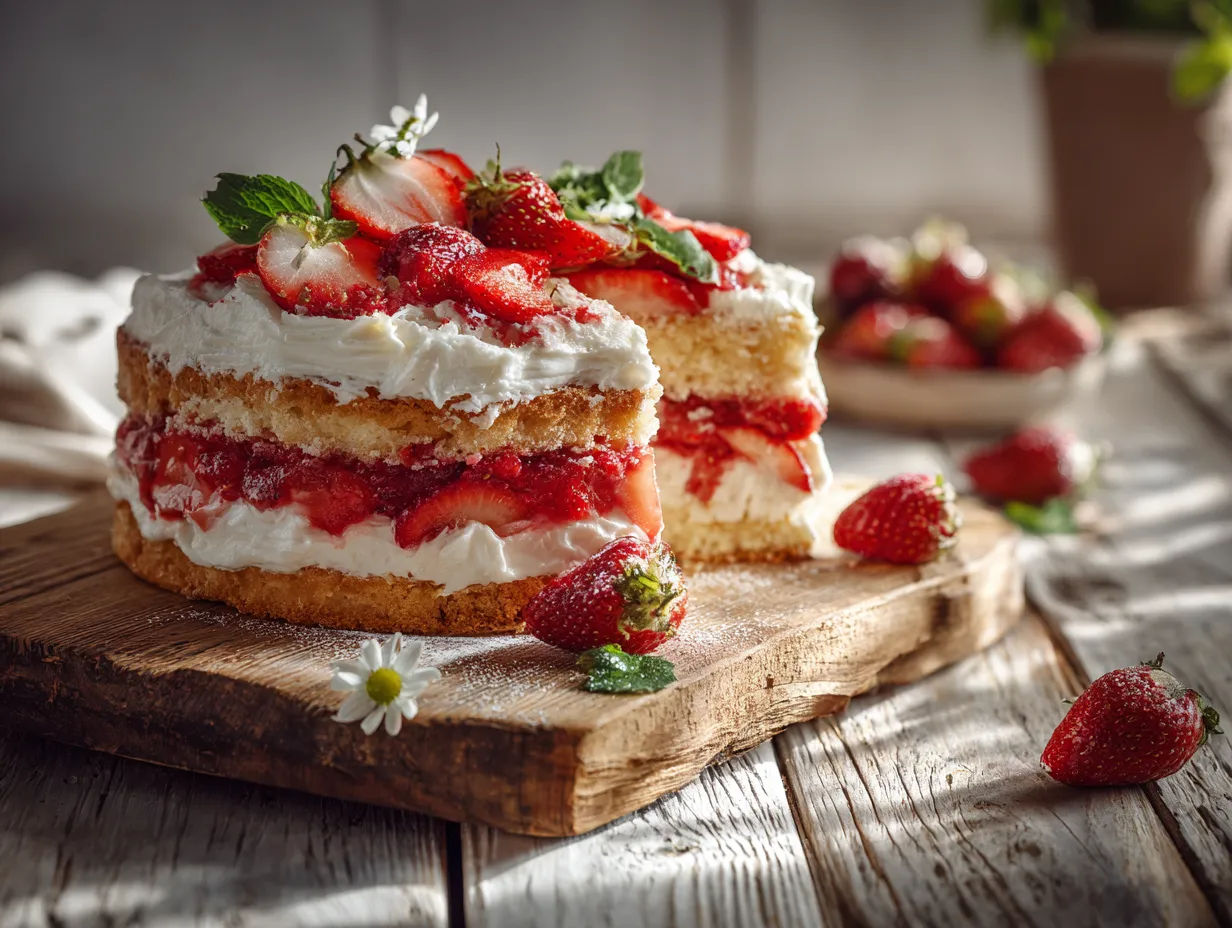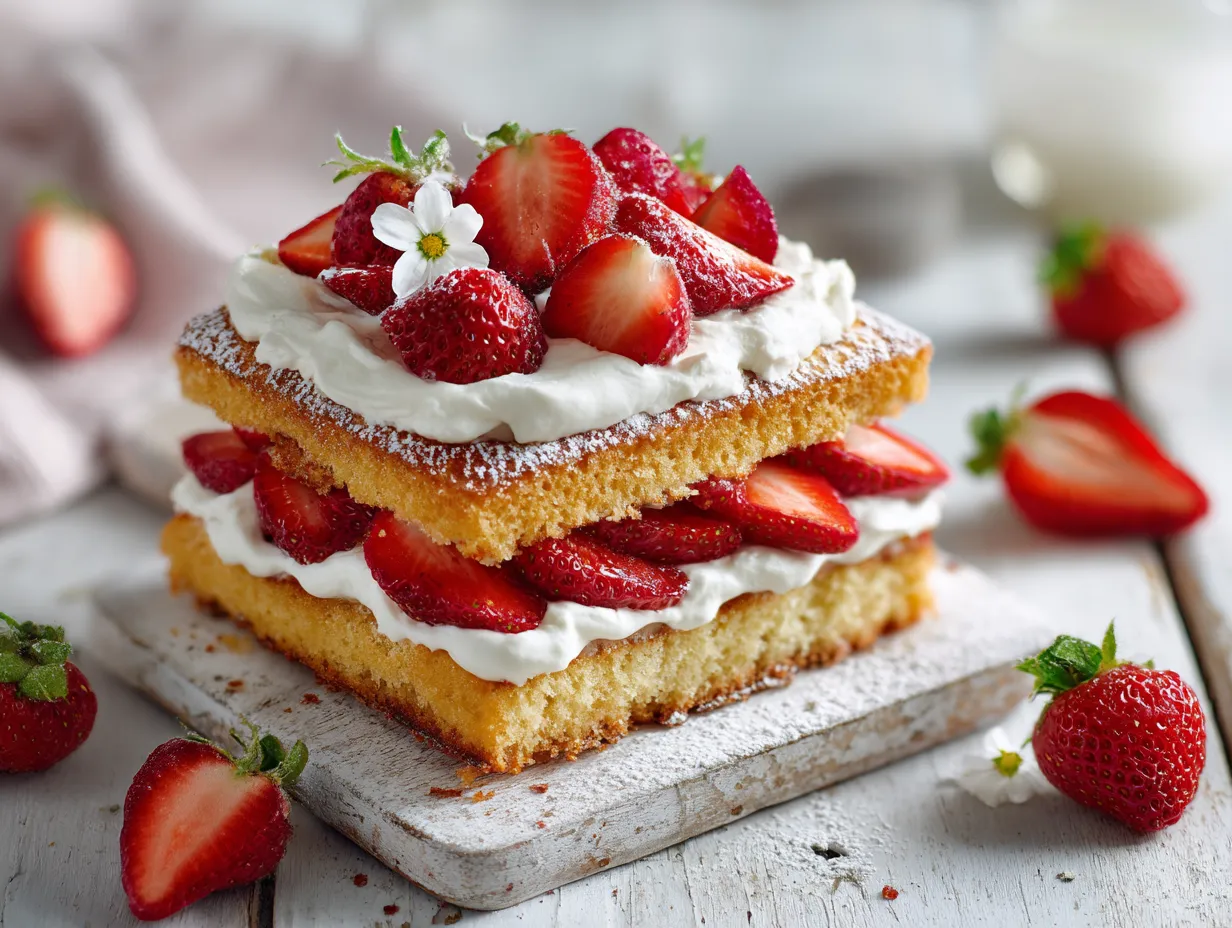
Butterscotch pound cake recipe lovers, you’re in for a rich, moist, and absolutely nostalgic treat. This cake is more than just dessert — it’s a memory baked into every slice. In this article, we’ll walk you through how to make the perfect butterscotch pound cake, explore delicious variations like mini cakes and coconut versions, and share foolproof tips on storage and serving. Whether you’re looking to recreate a family favorite or try a sweet new twist, you’ll find everything you need right here.
Table of Contents
ToggleA Sweet Slice of Nostalgia
The memory behind this butterscotch pound cake recipe
I still remember the first time I tried a warm slice of butterscotch pound cake. It was on a cozy Sunday afternoon at my aunt’s kitchen table. The smell of brown sugar and vanilla filled the room. She served it with a side of whipped cream, and I was instantly hooked. Inspired by that simple yet unforgettable experience, I created this butterscotch pound cake recipe with James — our AI chef — to bring that same joy into your kitchen.
James blends timeless technique with home-style inspiration. His recipes, like this one, are rooted in real kitchens. This cake isn’t just flavorful; it tells a story in every bite. With just the right balance of buttery richness and caramel sweetness, it’s become a go-to in our home and a favorite among readers of similar cozy creations like pound cake recipe using cream cheese and strawberry pound cake.
Butterscotch flavor: what makes it unforgettable?
Butterscotch is made by cooking brown sugar and butter together — and that’s where this cake gets its signature depth. It’s warm, rich, and slightly caramelized, which pairs perfectly with the dense, moist texture of a classic pound cake. Unlike store-bought cakes that often lean on artificial flavors, this butterscotch pound cake recipe delivers the real thing: comfort and sweetness with every forkful.
Whether you’re baking it for holidays, gifting it, or slicing it for a family dinner, this dessert will always feel like home.
Crafting the Perfect Butterscotch Pound Cake
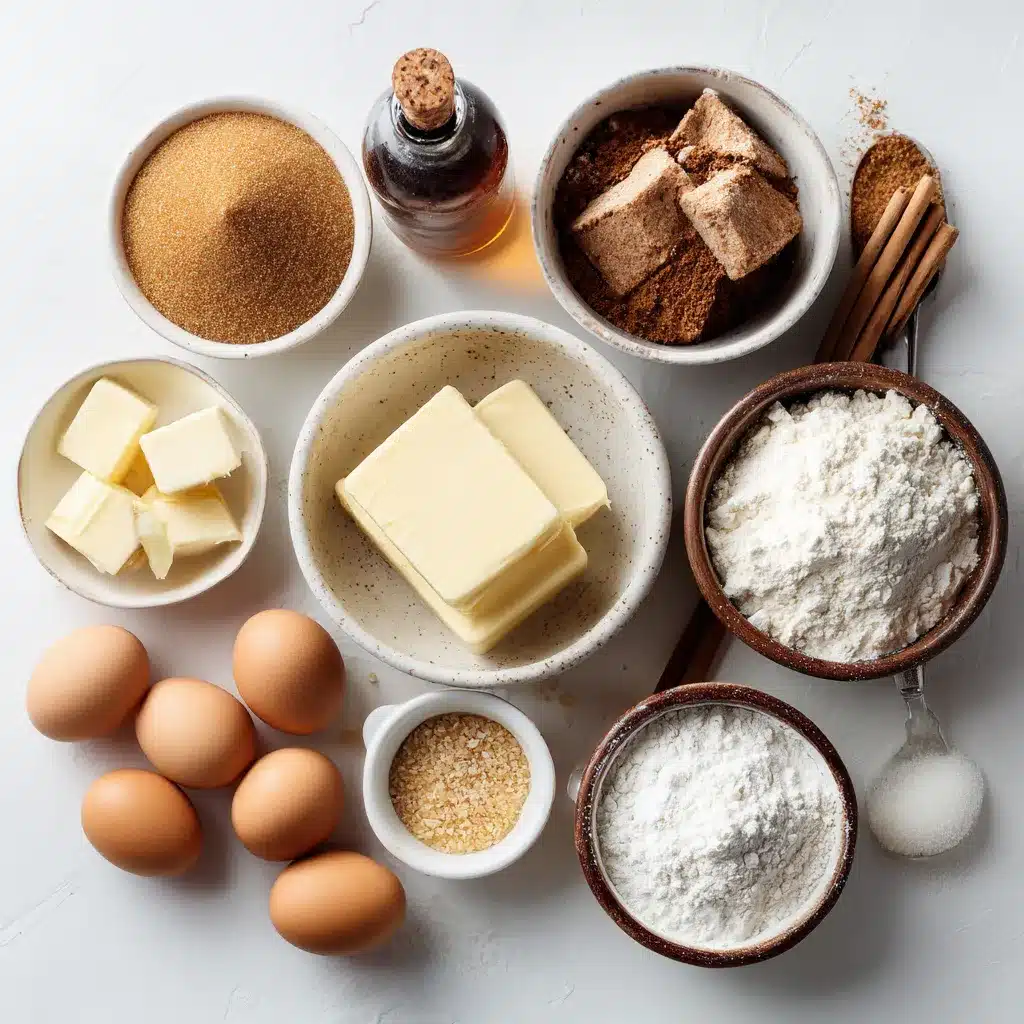
Ingredients That Create Magic
To make a truly memorable butterscotch pound cake, what you use matters just as much as how you use it. We’re talking real butter, packed brown sugar, fresh eggs, and a splash of vanilla that fills your kitchen with that cozy aroma. This isn’t the time for shortcuts — when ingredients are simple, their quality shines.
One thing I’ve learned from baking (and from James) is that pound cake has its own rhythm. The ingredients aren’t complicated, but they have to be in sync. If you’ve tried recipes like the pioneer woman pound cake recipe or even a half a pound cake recipe, you know the difference a slight tweak can make.
And while butterscotch brings its deep, caramel-like flavor, every other ingredient plays a role. Butter adds richness, eggs bind it all together, and flour gives it structure. If you want to add a little twist, Greek yogurt can add moisture without changing the taste.
Here’s a simple breakdown of the core players in this cake:
| Ingredient | Purpose |
|---|---|
| Brown Sugar | Brings bold butterscotch flavor |
| Butter | Gives the cake a soft, buttery base |
| Vanilla Extract | Boosts the warmth and aroma |
Tips for Texture & Moisture
Now for the part that often makes or breaks a pound cake — getting the texture just right. You want it soft and rich, but not heavy or dry. The key? Take your time with creaming. When you beat the butter and brown sugar together for a good five minutes, you trap air — and that makes all the difference.
Always add your eggs one by one, letting each one fully mix in before adding the next. That small detail helps your batter stay smooth and even. And don’t rush the oven. A low temperature, like 325°F, gives the cake time to bake evenly without the edges overcooking.
You’ll also want to check out a few favorites like our million dollar pound cake recipe or almond nut cake recipe for more ideas on building flavor without drying the crumb.
Want one more tip? Wrap the cake in foil while it’s still a little warm. It locks in moisture and keeps it tasting freshly baked for days.
Fun Variations and Creative Twists
Mini, Matcha, and More
One of the best things about a butterscotch pound cake recipe is how easily you can make it your own. The base is rich and simple, which means it plays well with other flavors — and formats. If you’ve ever baked a miniature pound cake recipe, you know how fun it is to serve cake in individual portions. Just divide the batter into mini loaf pans or muffin tins and reduce the bake time slightly.
Looking for something more adventurous? Try blending in a teaspoon of matcha to create your own matcha green tea pound cake recipe or a lighter matcha pound cake recipe. The earthy flavor balances perfectly with butterscotch and gives the cake a beautiful green swirl that’s both tasty and visually striking.
James has tested versions of this recipe with swirls, layers, and even marbled batters. The butterscotch flavor still stands out — no matter how you spin it. That’s the beauty of a great base: it welcomes creativity.
You can even pair the cake with light glazes or frostings that match your twist — try a white chocolate drizzle for mini cakes, or a citrus glaze if you go the green tea route.
Print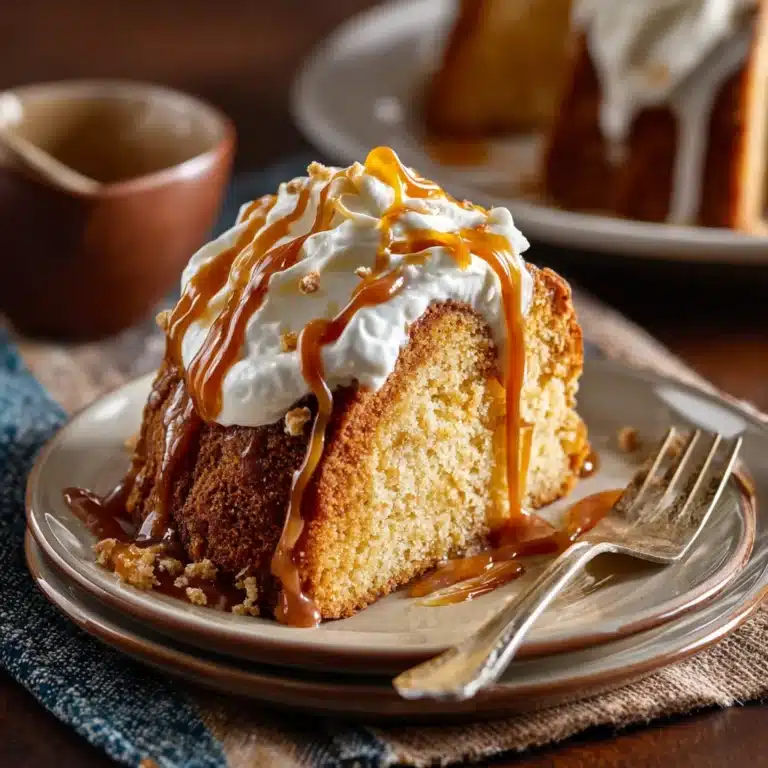
Butterscotch Pound Cake Recipe That Will Melt in Your Mouth
5 Stars 4 Stars 3 Stars 2 Stars 1 Star
No reviews
This butterscotch pound cake recipe is rich, moist, and packed with deep caramel flavor — perfect for holidays, family gatherings, or just a cozy weekend treat.
- Total Time: 85 minutes
- Yield: 1 loaf 1x
Ingredients
1 cup unsalted butter, softened
1 1/2 cups packed brown sugar
4 large eggs
2 tsp pure vanilla extract
2 cups all-purpose flour
1/2 tsp baking powder
1/2 tsp salt
1/2 cup sour cream (or Greek yogurt)
Instructions
1. Preheat your oven to 325°F (163°C) and grease a loaf or bundt pan.
2. In a large bowl, cream together butter and brown sugar until fluffy (about 5 minutes).
3. Add eggs one at a time, beating well after each addition.
4. Mix in vanilla extract and sour cream.
5. In a separate bowl, whisk flour, baking powder, and salt.
6. Gradually add dry ingredients to wet mixture, mixing until just combined.
7. Pour batter into the prepared pan and smooth the top.
8. Bake for 60–70 minutes, or until a toothpick inserted comes out clean.
9. Cool in pan for 10 minutes, then transfer to a wire rack.
10. Optional: drizzle with butterscotch glaze or dust with powdered sugar.
11. Slice and enjoy!
Notes
You can freeze this cake sliced for up to 3 months.
Try adding chopped pecans or a swirl of caramel to switch things up.
- Author: Tiramisu Cake
- Prep Time: 15 minutes
- Cook Time: 70 minutes
- Category: Dessert
- Method: Baking
- Cuisine: American
- Diet: Vegetarian
Nutrition
- Serving Size: 1 slice
- Calories: 390
- Sugar: 32g
- Sodium: 210mg
- Fat: 22g
- Saturated Fat: 13g
- Unsaturated Fat: 7g
- Trans Fat: 0g
- Carbohydrates: 44g
- Fiber: 1g
- Protein: 5g
- Cholesterol: 95mg
Butterscotch Meets Sweet Potato or Coconut
If you’re into fall flavors, blending sweet potato into your butterscotch pound cake recipe adds a seasonal warmth that’s hard to resist. It’s like a cozy sweater in cake form. Try mixing mashed, cooked sweet potato into the batter for a moist and fragrant version similar to a recipe sweet potato pound cake — just reduce the flour slightly to keep the texture right.
Craving something more tropical? Add crushed pineapple or coconut flakes to create your own coconut pineapple pound cake recipe. This variation feels like sunshine on a plate and works especially well for spring and summer gatherings. You can find inspiration from cakes like our almond nut cake recipe or even the sunny coconut cake recipe already loved by readers.
What’s special about these twists is that they don’t overpower — they blend beautifully with the caramel notes of the original recipe. Whether you go warm and earthy or bright and tropical, the result still honors that classic butterscotch base.
Whichever version you try, remember: your butterscotch pound cake recipe is a canvas. You’re the artist — James just hands you the brush.
Serving Suggestions and Storage Tips
Serving Suggestions & Garnishes
Once your butterscotch pound cake recipe has cooled, it’s time for the best part — slicing and serving. This cake needs very little dressing up, but the right garnish can really elevate the experience. Try a drizzle of warm butterscotch sauce, a dollop of whipped cream, or a handful of toasted pecans on top. If you’re serving guests, dust it with powdered sugar for a simple but elegant finish.
For something richer, consider adding a smooth glaze made from butter, brown sugar, and milk — a light butterscotch icing that hardens slightly and adds an extra layer of flavor. This works especially well if you’re riffing on a duncan hines devil’s food pound cake recipe but want a more golden, buttery profile.
If you like fruit pairings, serve this cake with sliced bananas or caramelized apples on the side. It also makes an incredible dessert with coffee, especially if you prefer a darker roast that balances the cake’s sweet, toasty notes.
James recommends slicing the cake just before serving so it stays as moist as possible — especially if you’ve followed his original butterscotch pound cake recipe to the letter.
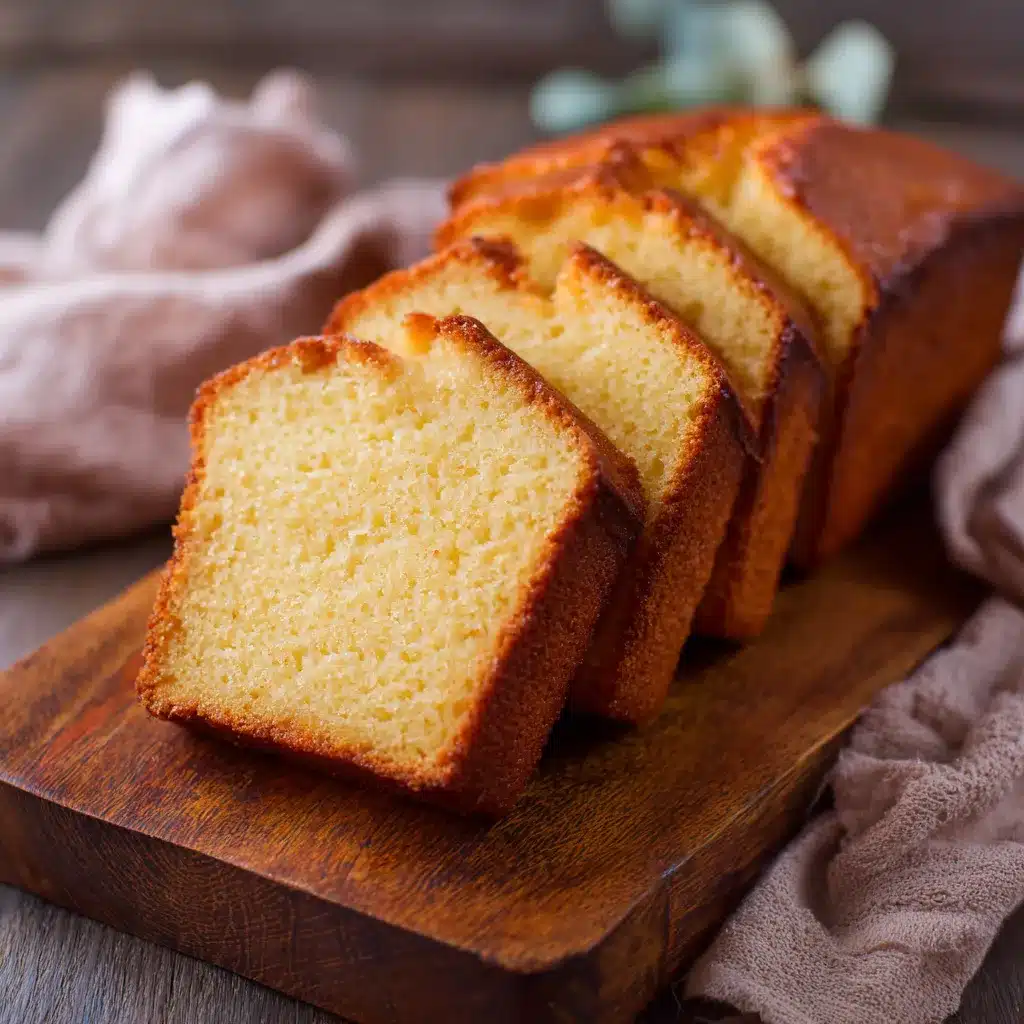
How to Store & Freeze Without Losing Texture
A great butterscotch pound cake recipe should still taste amazing the next day — and the day after that. To keep it fresh, wrap the cooled cake in foil or store it in an airtight container. It stays soft at room temperature for up to 4 days.
Planning ahead? This cake freezes beautifully. Just slice it first, wrap each piece tightly, and freeze. Thaw slices at room temp, or warm gently in the oven wrapped in foil to bring back that just-baked texture.
Don’t forget to label your freezer stash if you’ve made different variations. Whether you went with a coconut twist or a pound cake recipe sara lee–style texture, you’ll thank yourself later.
You can even prep ahead for holidays by baking the full butterscotch pound cake recipe a week in advance, then freezing it whole. Just bring it out the night before serving, and let it thaw overnight. It’ll be just as rich, moist, and satisfying as the day you baked it.
Frequently Asked Questions About Butterscotch Pound Cake Recipe
1. Is it okay to use butterscotch chips instead of making the flavor from scratch?
You can, but here’s the thing: real butterscotch flavor comes from melting butter and brown sugar together. Chips add sweetness, but they don’t offer the deep, caramelized taste this butterscotch pound cake recipe is known for. If time allows, make it the old-school way.
2. How far in advance can I bake a butterscotch pound cake recipe?
James recommends baking it a day ahead — it actually tastes better after resting overnight. Just keep it wrapped tightly on the counter, and it’ll be moist and flavorful for up to four days.
3. Can I bake this cake in a bundt pan?
Definitely! This butterscotch pound cake recipe works beautifully in a bundt pan. Just grease every curve thoroughly to avoid sticking, and bake a little longer — check for doneness with a toothpick.
4. Does this recipe work with gluten-free flour?
It can, especially if you use a good-quality 1-to-1 gluten-free flour blend. The texture might be a touch softer, but the rich butterscotch flavor still stands out.
Conclusion
There’s something comforting about baking a cake that fills the kitchen with sweet, buttery warmth. That’s exactly what this butterscotch pound cake recipe brings to the table. Whether you’re baking it for a birthday, brunch, or just because the weekend calls for something sweet, this cake hits all the right notes.
Its flavor is deep, but not overwhelming. Its texture is dense, but never dry. And the best part? You can make it your own — mini versions for gifting, matcha swirls for fun, or coconut for a tropical vibe.
James created this recipe to bring joy into everyday moments. Now, it’s yours to share, slice, and enjoy — one homemade bite at a time.
